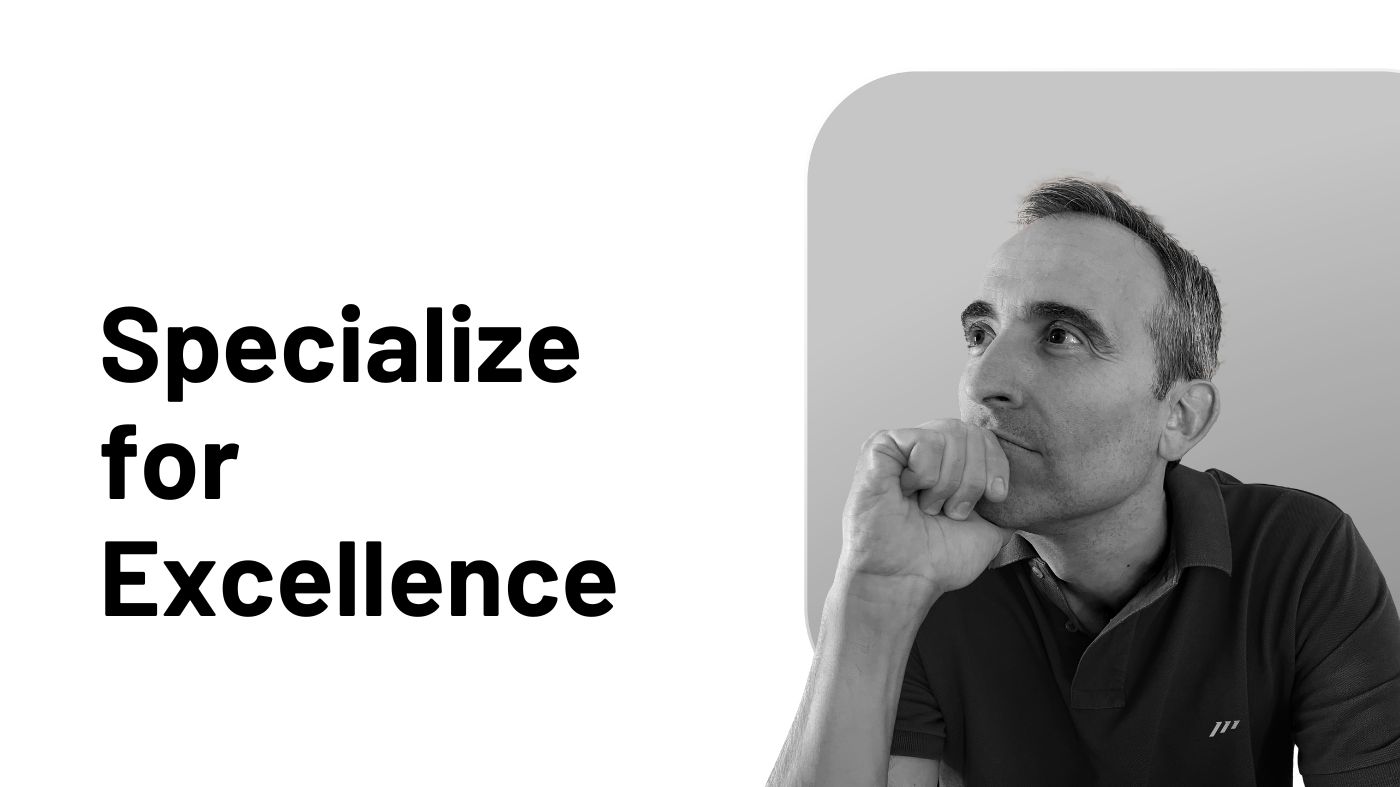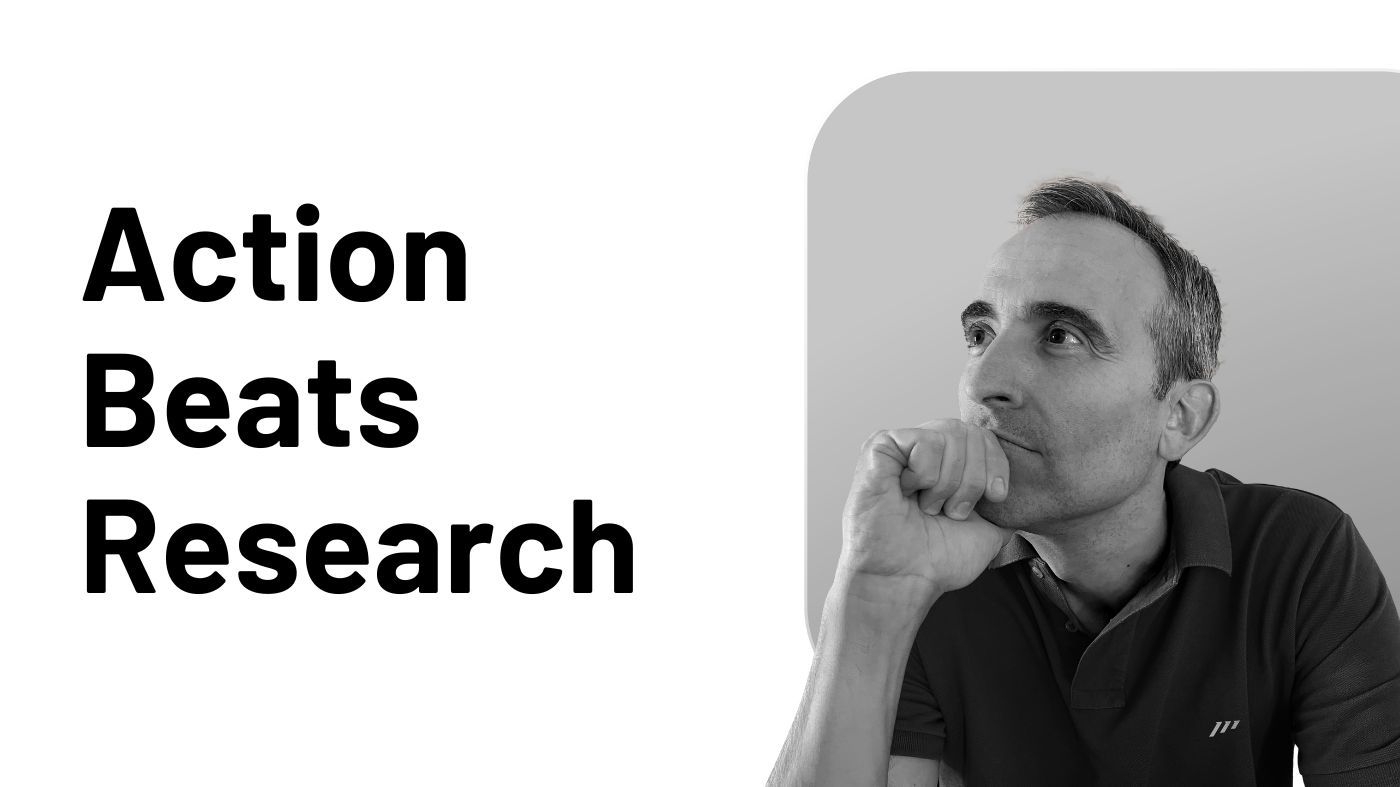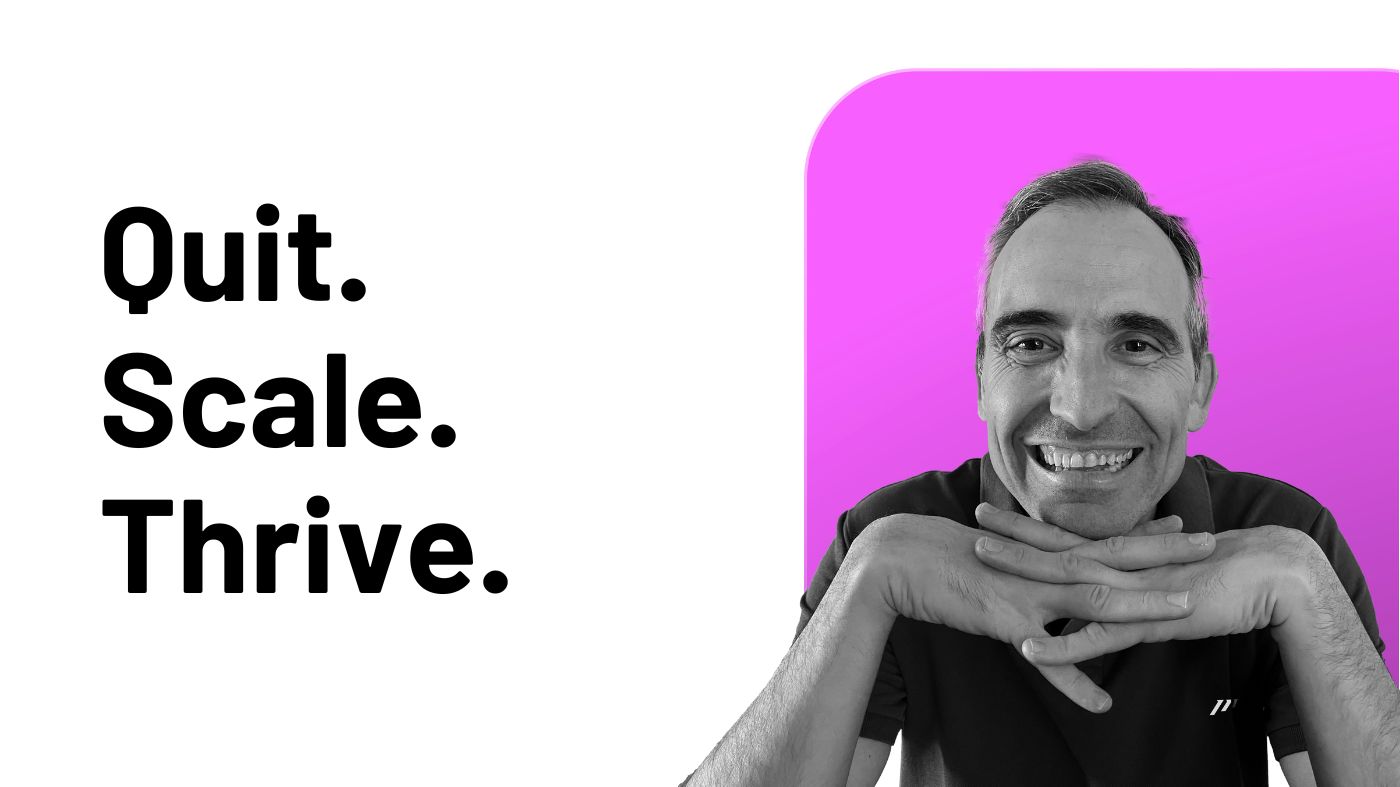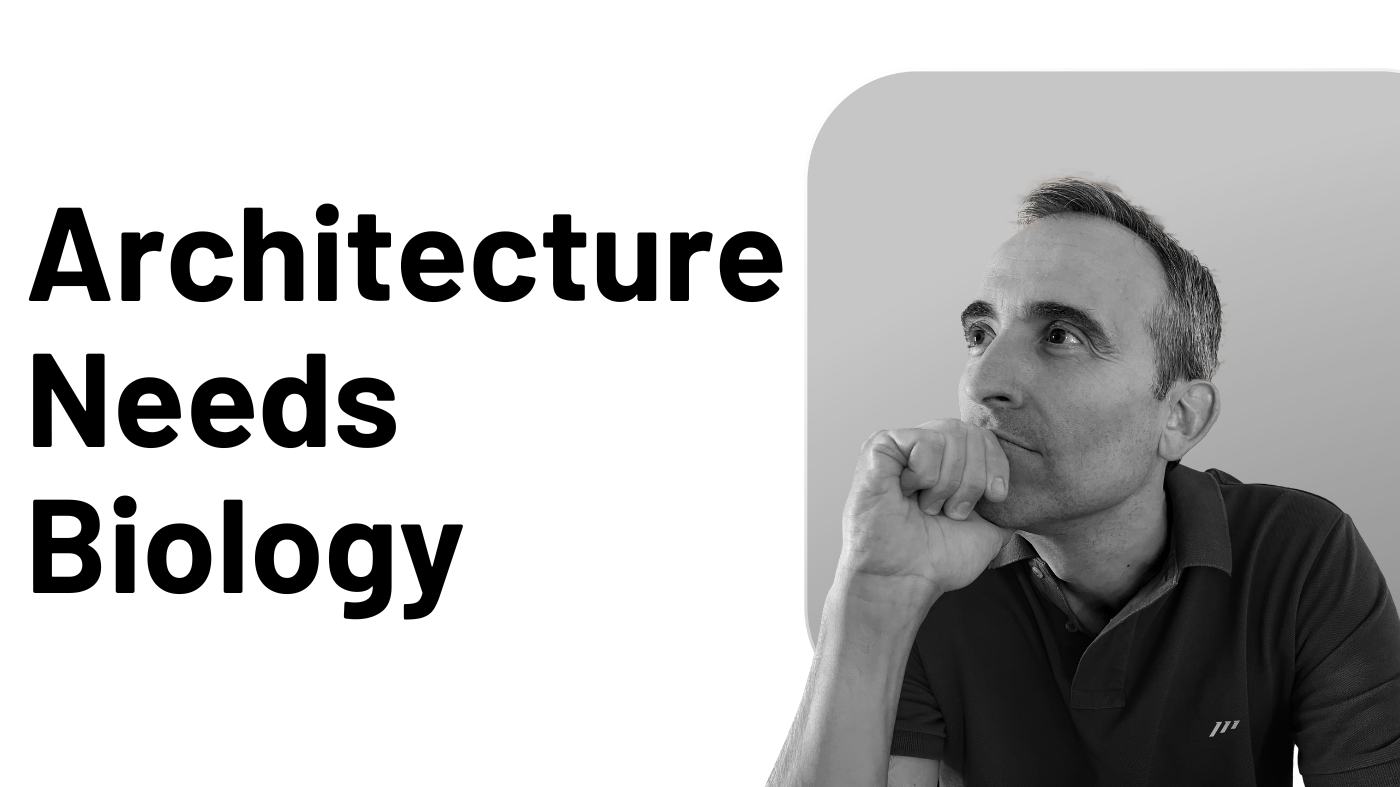As a busy professional, you’ve likely faced the endless quest for the “perfect” productivity tool, that mythical all-in-one solution promising to revolutionize how you work.
Software companies constantly pitch their platforms as the ultimate workspace, the one tool to rule them all.
The promise is seductive: simplify your digital life, streamline your workflows, and boost your productivity, all within a single application.
But here’s the uncomfortable truth: betting everything on just one tool is setting yourself up for frustration and failure.
Think about it.
Would you use a Swiss Army knife to build a house?
While it’s a versatile tool, it can’t replace a proper toolbox with specialized equipment.
The same principle applies to your productivity system.
Different aspects of your work require different specialized tools, each designed and optimized for specific purposes.
This article will show you why diversifying your productivity tool stack isn’t just a preference: it’s a strategic necessity for high-performing busy professionals.
You’ll discover how to leverage the strengths of various tools while avoiding the common pitfalls that lead to inefficiency and overwhelm.
Let’s explore why the “one tool fits all” approach fails and what you should do instead.
Why Excellence Demands Specialization: The Truth About Software Tools
Here’s a fundamental truth that every busy professional needs to understand: excellence is about specialization.
Just as you wouldn’t expect a single person to excel at every possible role in a company, you can’t expect a single software tool to master every aspect of your productivity needs.
Think about the tools you use daily.
Each one was created with a specific purpose in mind, developed by teams who deeply understand particular business challenges and processes.
When tools try to expand beyond their core strengths, they often deliver mediocre results across multiple features rather than excellence in their specialty.
Despite what software companies promise in their marketing (and many desperately want to position themselves as the one-and-only solution), no single tool can excel at everything.
It’s not just a limitation of current technology; it’s a fundamental principle of product development and user experience design.
“You don’t have to be everything to everyone. Be great at something.” — Dwayne “The Rock” Johnson
Let’s look at some real-world examples using popular productivity tools and their primary strengths
Tana shines as a personal knowledge hub, while Heptabase excels at visual knowledge management. Miro dominates the visual collaboration space, Todoist masters task management, Slack revolutionized team communication, and Sunsama transformed daily planning.
Each tool is a specialist, not a jack-of-all-trades.
When we try forcing them beyond their core strengths, like turning Slack into a project manager or Todoist into a knowledge base, we’re setting ourselves up for frustration.
It’s like expecting a master chef’s knife to also work as a screwdriver. You’re fighting against its fundamental design and purpose.
The key is to stop forcing tools to be what they’re not.
Through years of coaching sessions at the Paperless Movement®, we’ve seen countless busy professionals struggle trying to turn Notion into a task manager as capable as Todoist, or attempting to use Todoist as a knowledge management system.
These attempts invariably lead to frustration and lost productivity.
Consider this perspective:
Is there really a difference between switching to another area within the same tool versus switching to a different, specialized tool?
In fact, using dedicated tools often provides more benefits than drawbacks, as each tool can fully optimize for its specific purpose.
If you face each tool with this approach, be sure you’ll end up with the best and perfect tool stack for you.
Unlock Your Peak Performance: The Power of Specialized Tools
When you embrace a multi-tool approach, something magical happens to your productivity and mental clarity.
The benefits go far beyond simple organization: they transform how your brain processes information and tackles complex tasks.
Let’s start with what might seem counterintuitive: context switching can actually boost your productivity when done strategically.
Think about how your brain naturally operates throughout the day.
Just like an athlete who moves differently when playing tennis versus swimming, your mind shifts into distinct modes for different types of work.
You have your “email management mode,” your “quick task processing mode,” your “deep thinking mode,” and several others, with each mental state requiring its own unique approach and environment.
By using dedicated tools for each mode, you’re creating clear mental boundaries that your brain instantly recognizes.
It’s like walking into different rooms in your house: you don’t have to consciously think about what happens in the kitchen versus the bedroom. Your brain automatically adjusts.
When you open your email client, your mind immediately shifts into communication mode.
Launch your PKM tool, and you’re primed for deep thinking and analysis.
“I’d rather be excellent at one thing than mediocre at many.” — Serena Williams
As a multi-business owner running four distinct businesses simultaneously, I’ve experienced this principle firsthand.
By using different project management tools for each business, I can effortlessly transition my mind between different business contexts.
This clear separation leads to sharper focus and better decision-making, as each space triggers the right mental state for that specific business.
This specialized approach also solves one of the biggest challenges in digital productivity: information overload.
When each tool has a specific purpose, your information naturally segregates itself based on its use case.
No more drowning in a sea of mixed data or struggling to find what you need.
Your digital workspace becomes like a well-organized kitchen, where every utensil has its place and purpose:
-
Email lives where email belongs.
-
Projects stay in their dedicated space.
-
Knowledge finds its proper home.
-
Quick tasks, what we call Speedies in ICOR®, have their own territory.
“Don’t try to fit a square peg in a round hole. Use the right tool for the job.” — Oprah Winfrey
But perhaps the most compelling advantage of using specialized tools is access to best-in-class features for each specific need.
Instead of settling for mediocre all-in-one solutions, you’re leveraging the absolute best capabilities each tool category has to offer:
-
Your email tool will handle messages better than any generic platform ever could.
-
Your PKM software will offer connections between your notes and visualization features that generic tools can’t match.
-
Your project management platform will track tasks with precision that would be impossible in a do-it-all solution.
Think of it like assembling an all-star team.
Rather than hiring generalists who are adequate at everything, you’re bringing together specialists who excel in their specific domains.
Each tool brings its A-game to your productivity system, creating a powerhouse productivity system that amplifies your overall effectiveness just by following your common sense.
Transform Your Workflow: The Hidden Power of Multiple Tools
Let’s dive deeper into how a multi-tool strategy revolutionizes your entire work experience.
The benefits extend far beyond just having the right tool for each job.
Picture your brain as a high-performance engine.
When each tool has its distinct purpose, your mind runs at peak efficiency. You don’t waste precious mental energy deciding where to put information or which tool to use. It’s as natural as knowing you cook in the kitchen and sleep in the bedroom.
This clarity transforms your daily workflow:
-
Decisions about where to store or find information become instantaneous.
-
Your focus sharpens because your brain isn’t constantly juggling multiple contexts.
-
Information organizes itself naturally, following the clear boundaries you’ve established.
“Clarity affords focus.” — Thomas Leonard
But the magic doesn’t stop at personal productivity.
In team environments, this approach creates a symphony of efficiency.
Each team member can leverage the tools that best match their role while maintaining perfect coordination with colleagues.
No more confusion about where to find information or how to track progress. Communication flows naturally through the most appropriate channels, creating a seamless collaborative experience.
Here’s what might surprise you: managing multiple specialized tools actually requires less maintenance than forcing one tool to do everything.
Think about it.
Each tool stays streamlined and focused, without the bloat of complex customizations. When issues arise, troubleshooting becomes straightforward because you know exactly where to look. New team members can be onboarded gradually, mastering one tool at a time instead of facing an overwhelming all-in-one system.
Perhaps most importantly, this approach future-proofs your entire productivity system.
As technology evolves and better tools emerge, you can easily swap out individual components without disrupting your entire productivity system.
There’s no single point of failure that could bring your productivity to a halt.
You’re free to experiment with new tools, evolve your productivity system, and adapt to changing needs while maintaining rock-solid stability.
This flexibility isn’t just convenient: it’s a strategic advantage in our rapidly changing digital landscape.
Your productivity system becomes both robust and agile, capable of evolving without losing its core effectiveness.
Building Your Perfect Productivity System: A Strategic Implementation Guide
The journey to a multi-tool productivity system doesn’t have to be overwhelming.
Let me show you how to build your perfect productivity system, one thoughtful step at a time.
Start by taking inventory of your core needs.
Every busy professional requires certain fundamental capabilities to thrive:
-
Think about how you manage knowledge, from capturing quick insights to organizing deep research.
-
Consider your task management needs, both for personal productivity and team coordination.
-
Don’t forget about communication tools that keep information flowing smoothly, and the critical planning tools that help you master your time.
This isn’t about grabbing every shiny new tool you see.
It’s about making strategic choices that serve your specific needs.
“Strategy is about making choices, trade-offs; it’s about deliberately choosing to be different.” — Michael Porter
Begin with the essentials: one dedicated tool for each major function in your workflow.
Look for tools that truly excel at their primary purpose rather than trying to be everything to everyone.
For example, you might choose a specialized Personal Knowledge Management (PKM) tool for organizing your insights and research. Pair that with a robust task manager for tracking your commitments, a focused communication platform for team collaboration, and a powerful planner tool for time management.
Here’s the key to success: approach each tool selection with intention.
Ask yourself:
-
Does this tool excel at its core function?
-
Will it integrate smoothly with my other tools?
-
Can my team adapt to it without excessive training?
-
Does it solve a specific problem in my workflow?
Once you’ve chosen your tools, it’s time to establish clear workflows.
This is where many busy professionals stumble, but I’ll make it simple for you.
Think of each tool as having its own territory in your productivity landscape. Create clear boundaries about when and how you use each one.
The secret is to make these workflows feel natural and intuitive. Don’t overcomplicate things with elaborate procedures.
Instead, focus on creating simple, repeatable processes that become second nature. When you receive new information, you should instinctively know which tool will handle it best.
Remember, building your productivity system is an evolution, not a revolution.
Start with your most pressing needs and gradually expand as you master each component.
This measured approach ensures you build a robust, sustainable productivity system rather than a fragile house of cards.
Your Path to Peak Productivity: Embracing the Power of Many
Let’s be honest: the perfect all-in-one productivity tool is a myth that’s held back far too many busy professionals.
Throughout this article, we’ve uncovered a powerful truth: peak productivity emerges when we align our tools with how our brains naturally work.
Think about how far we’ve come:
-
We’ve discovered that specialized tools aren’t just nice to have; they’re essential weapons in your productivity arsenal. Each one brings its unique strength to your workflow, creating a symphony of efficiency that no single tool could ever achieve.
-
We’ve seen how strategic context switching between tools actually sharpens your focus, not dulls it. Your brain thrives on these clear boundaries, using them as signals to shift into exactly the right gear for each task. It’s like having different rooms in your productivity house, each perfectly designed for its specific purpose.
-
The beauty of this approach lies in its adaptability. As your needs evolve and new tools emerge, your productivity system can grow and change with you. No more feeling trapped by an all-in-one solution that’s not quite right. You’re free to experiment, adjust, and optimize each component of your workflow.
Now it’s your turn to take action.
Look at your current tools with fresh eyes.
Ask yourself:
-
What is each tool truly great at?
-
Where are the gaps in your workflow?
-
Which tasks feel harder than they should?
“You don’t have to see the whole staircase, just take the first step.” — Martin Luther King Jr.
Start small.
Choose one area of your workflow that needs improvement and find a specialized tool that excels in that specific function.
Create clear boundaries for when and how you’ll use it. Let it become a natural part of your workflow before moving on to the next improvement.
Remember: this isn’t about collecting tools; it’s about building a productivity system that works in harmony with your natural way of thinking and working.
The path to peak productivity isn’t about finding that one magical tool. It’s about crafting a flexible, powerful productivity system that adapts to your needs and amplifies your capabilities.
Your journey to a more productive, less stressful way of working starts now.
Take that first step today.




